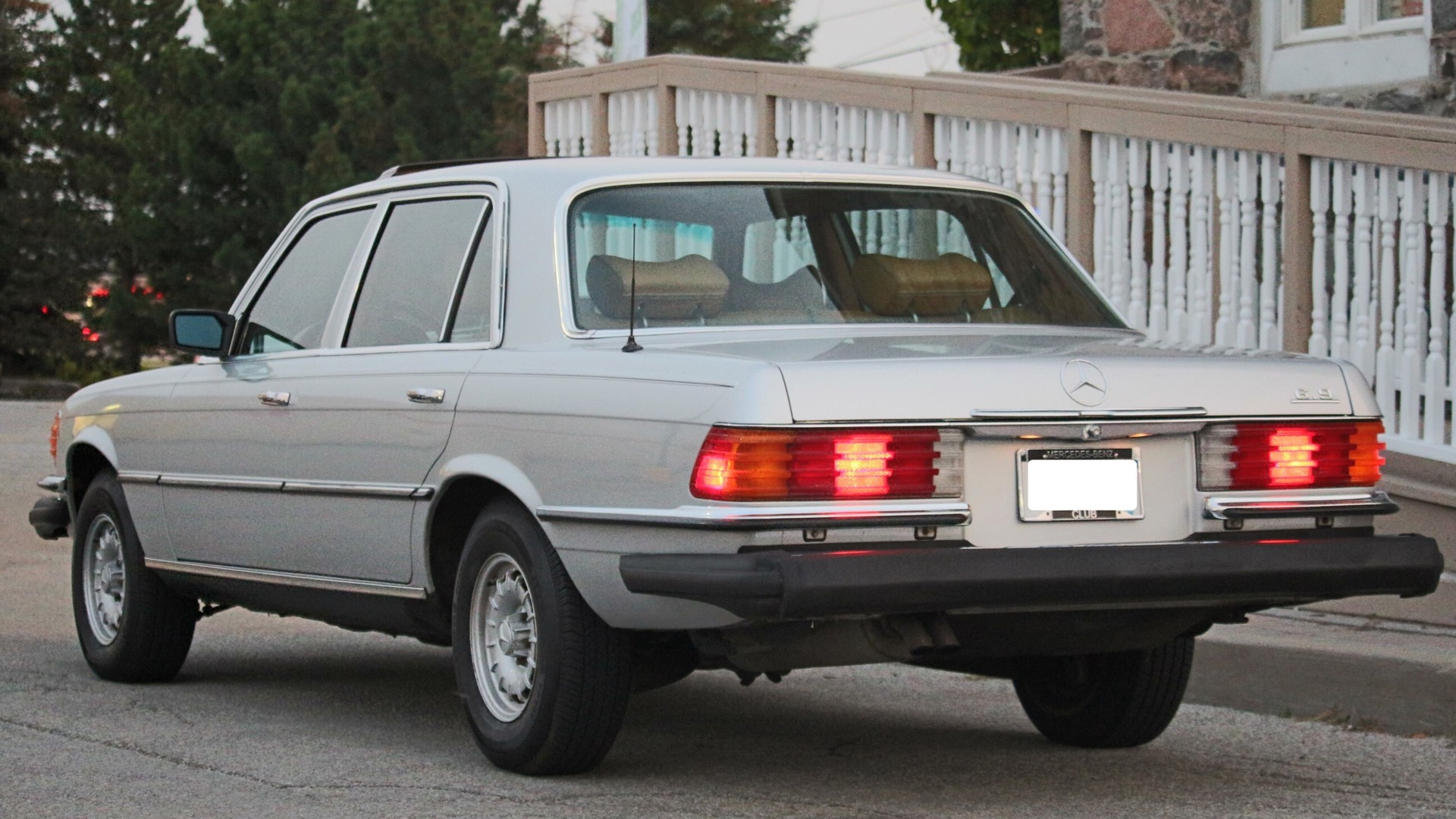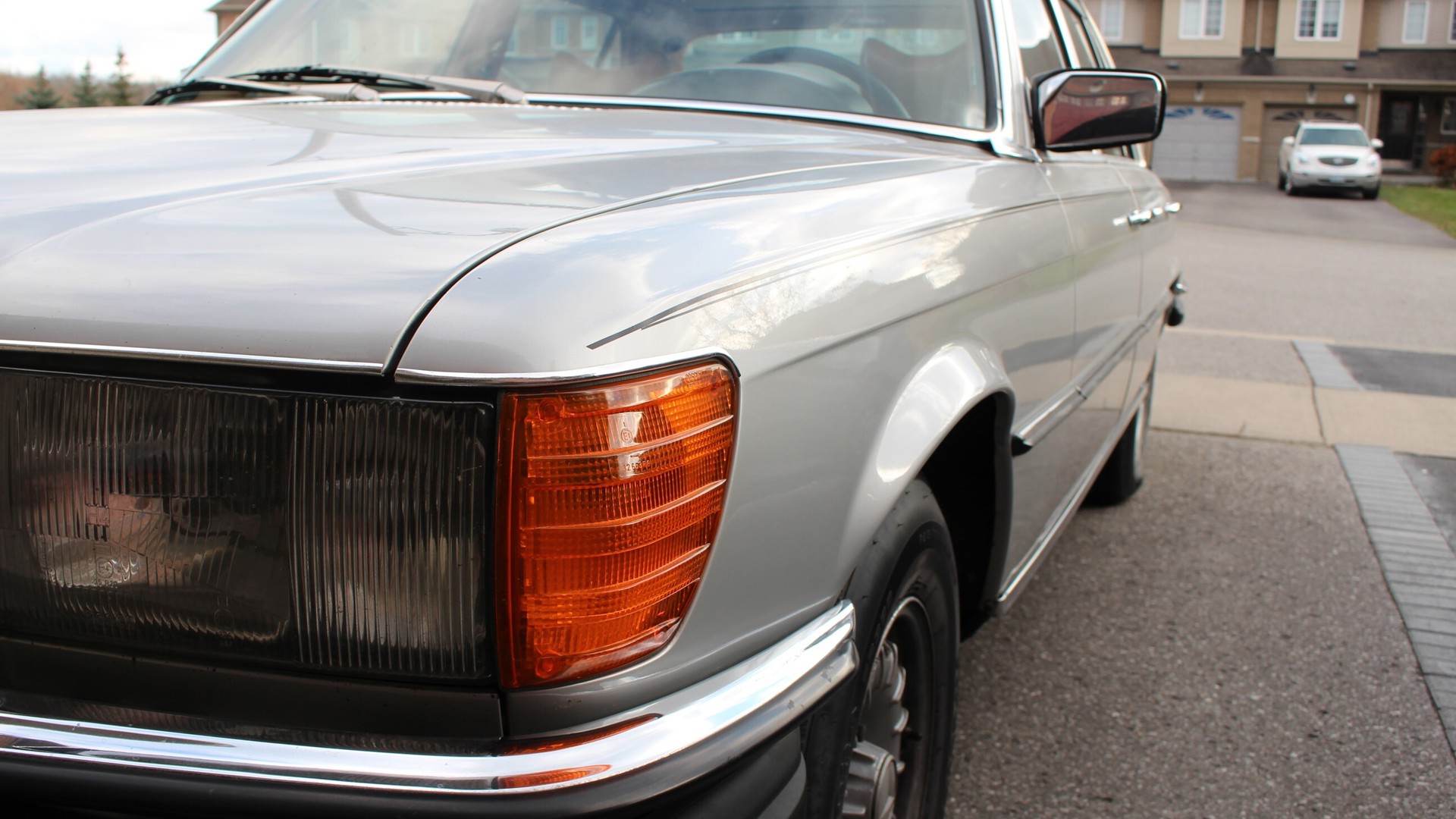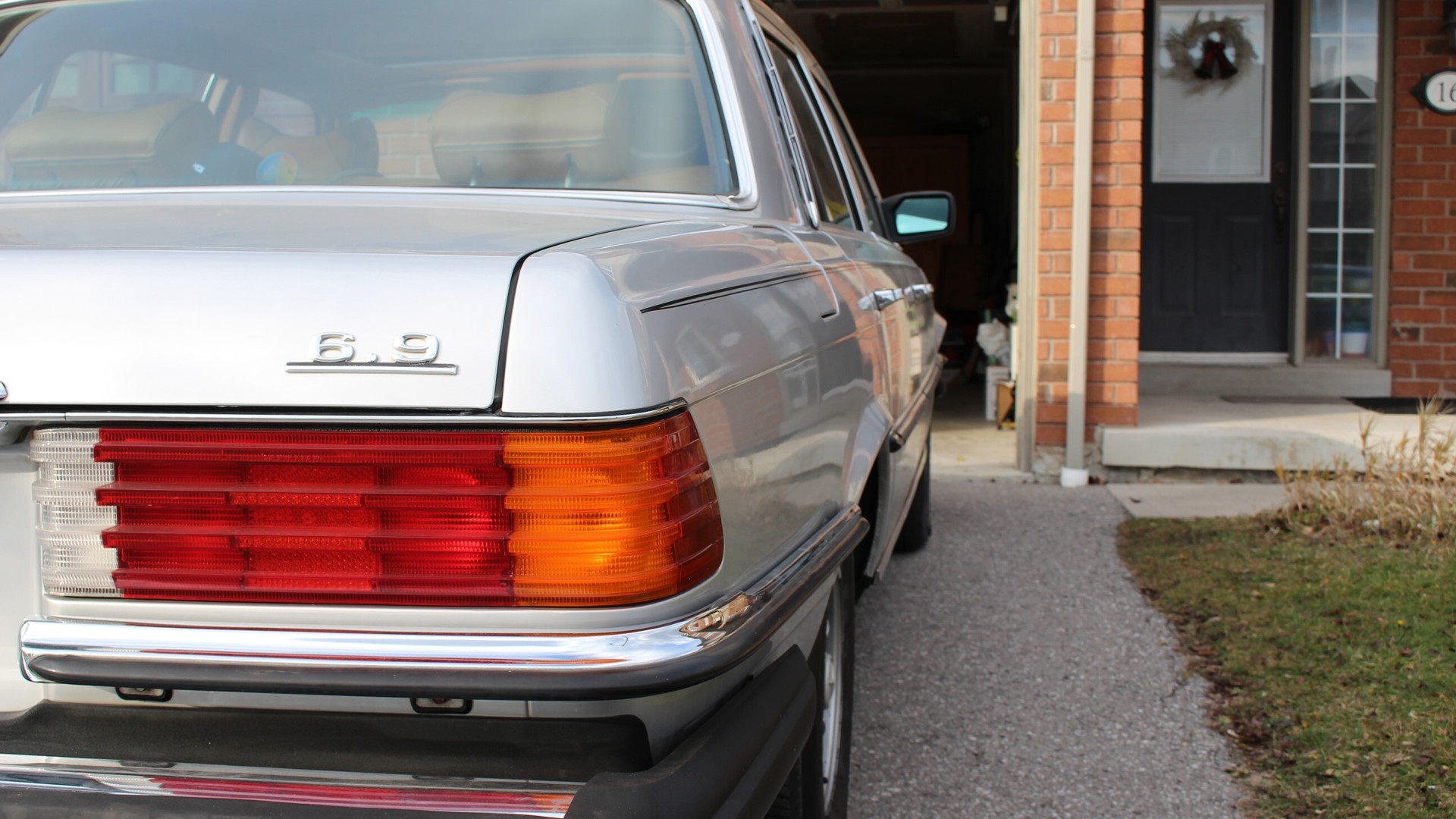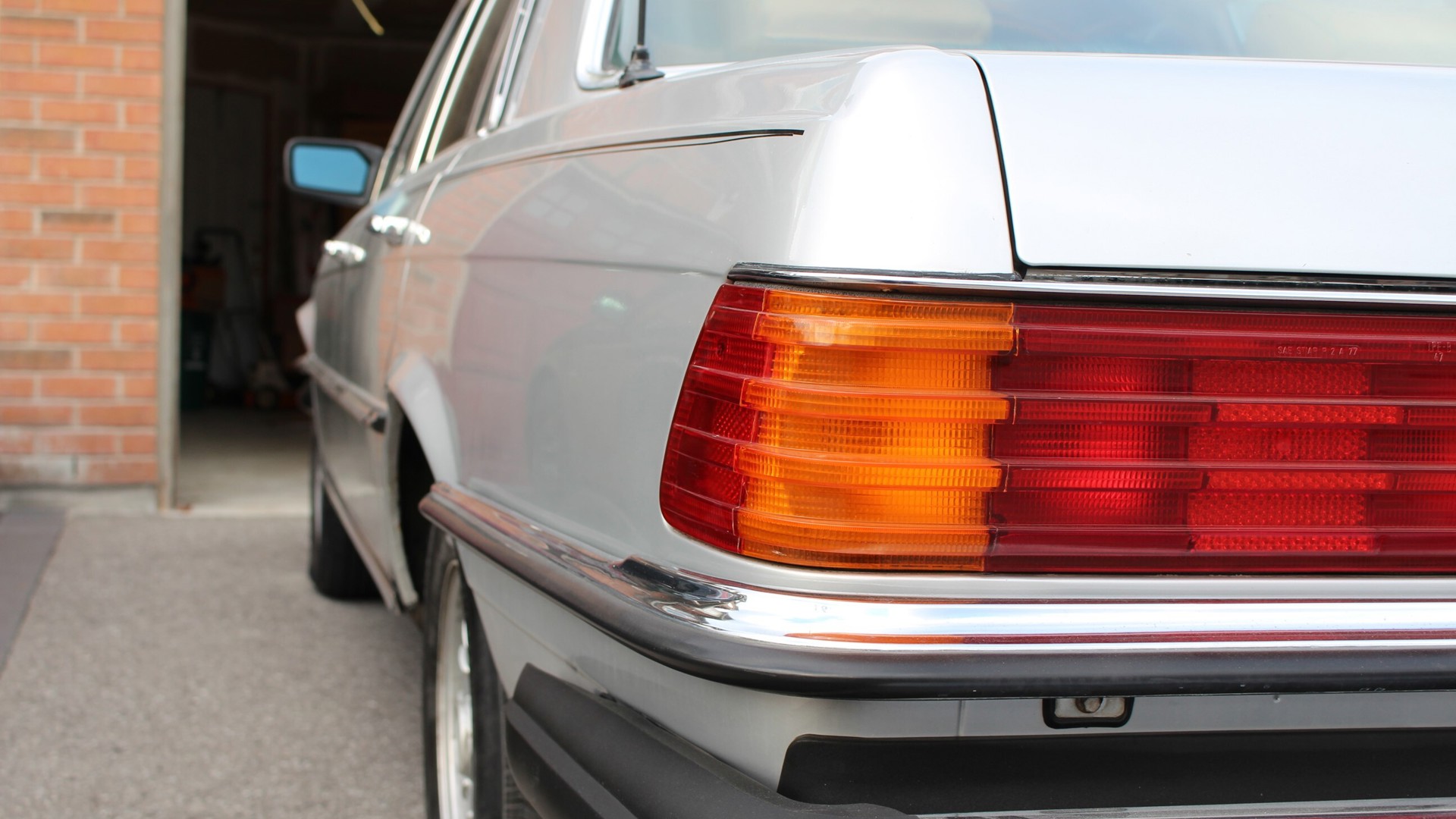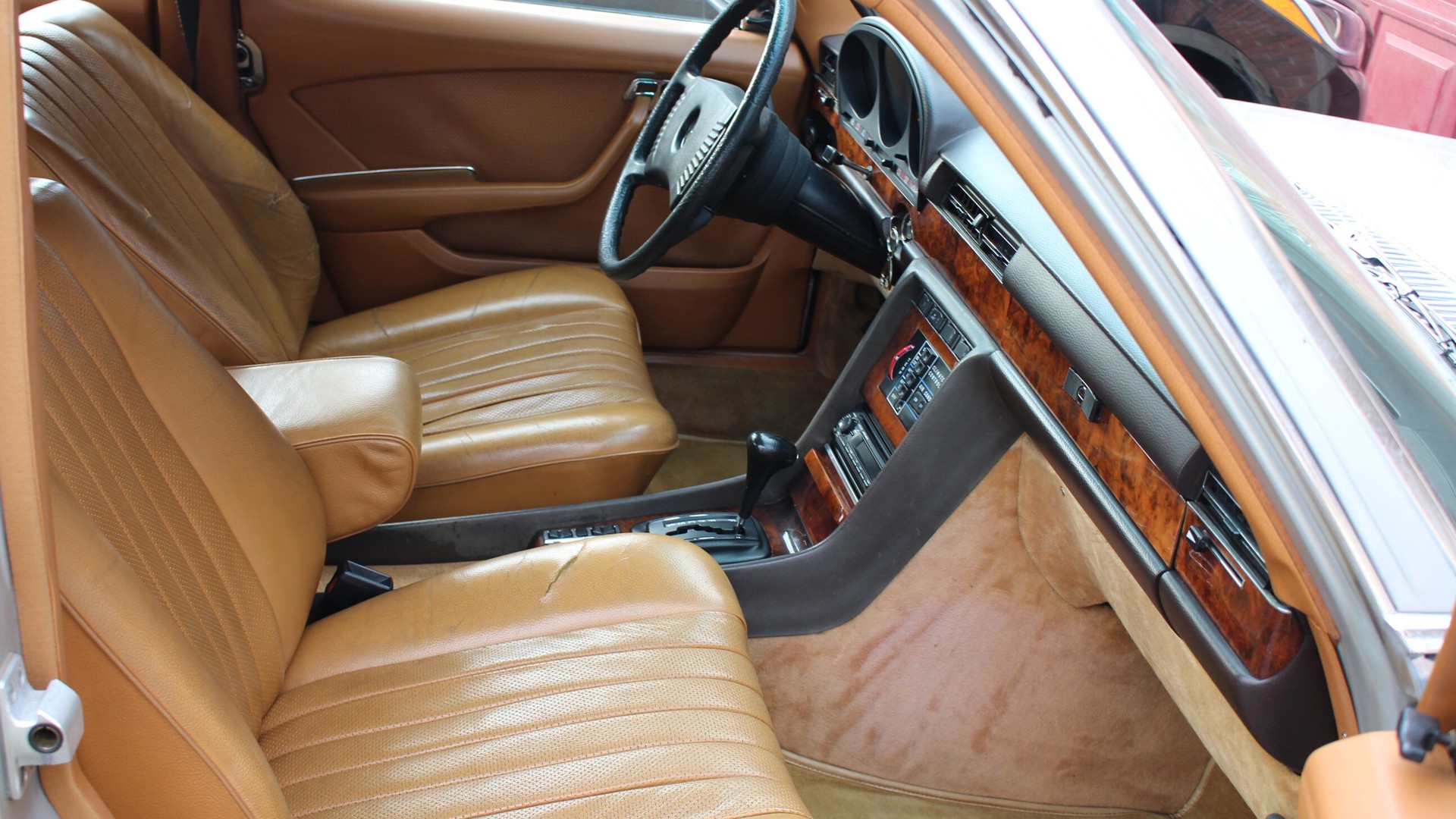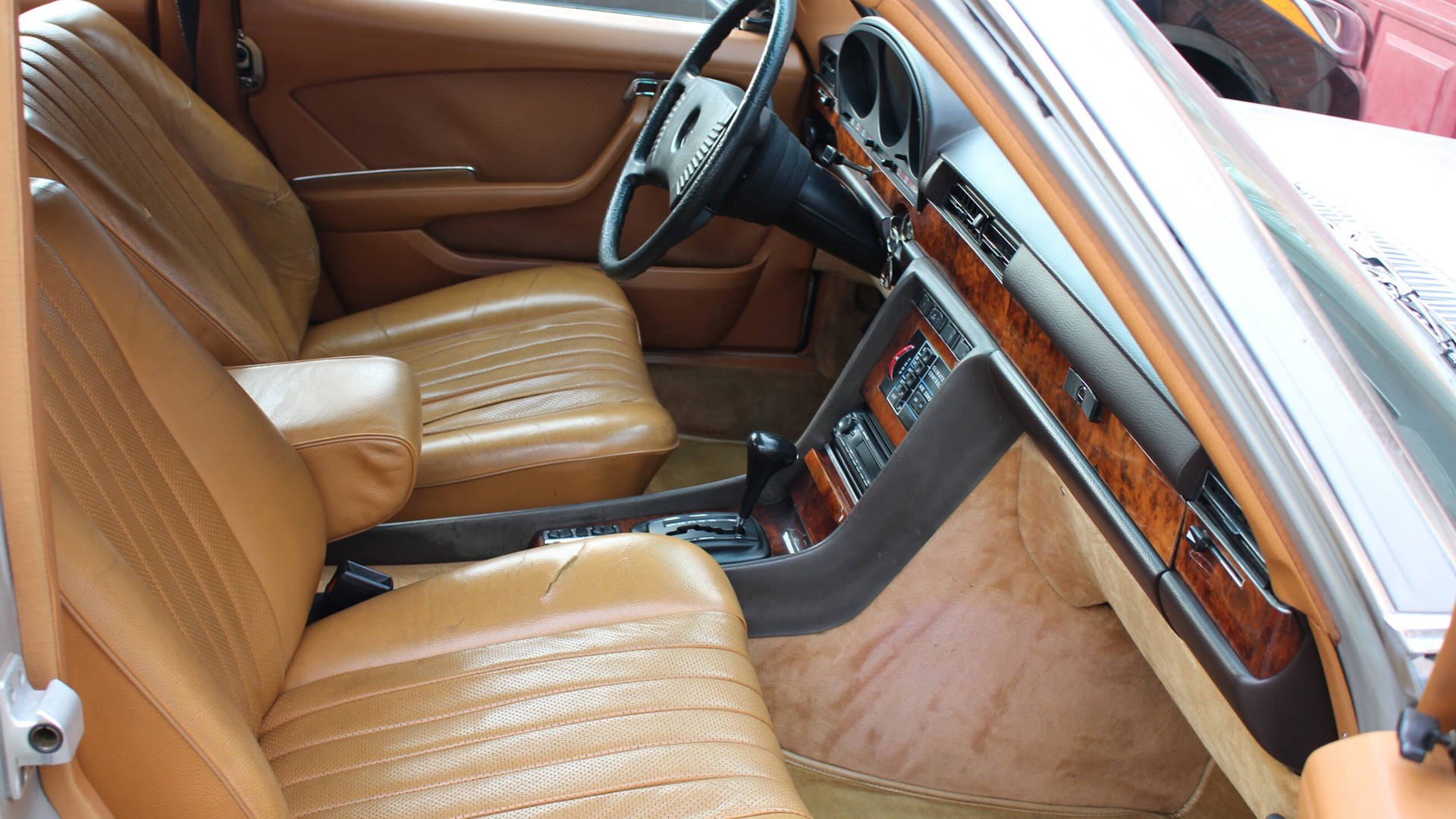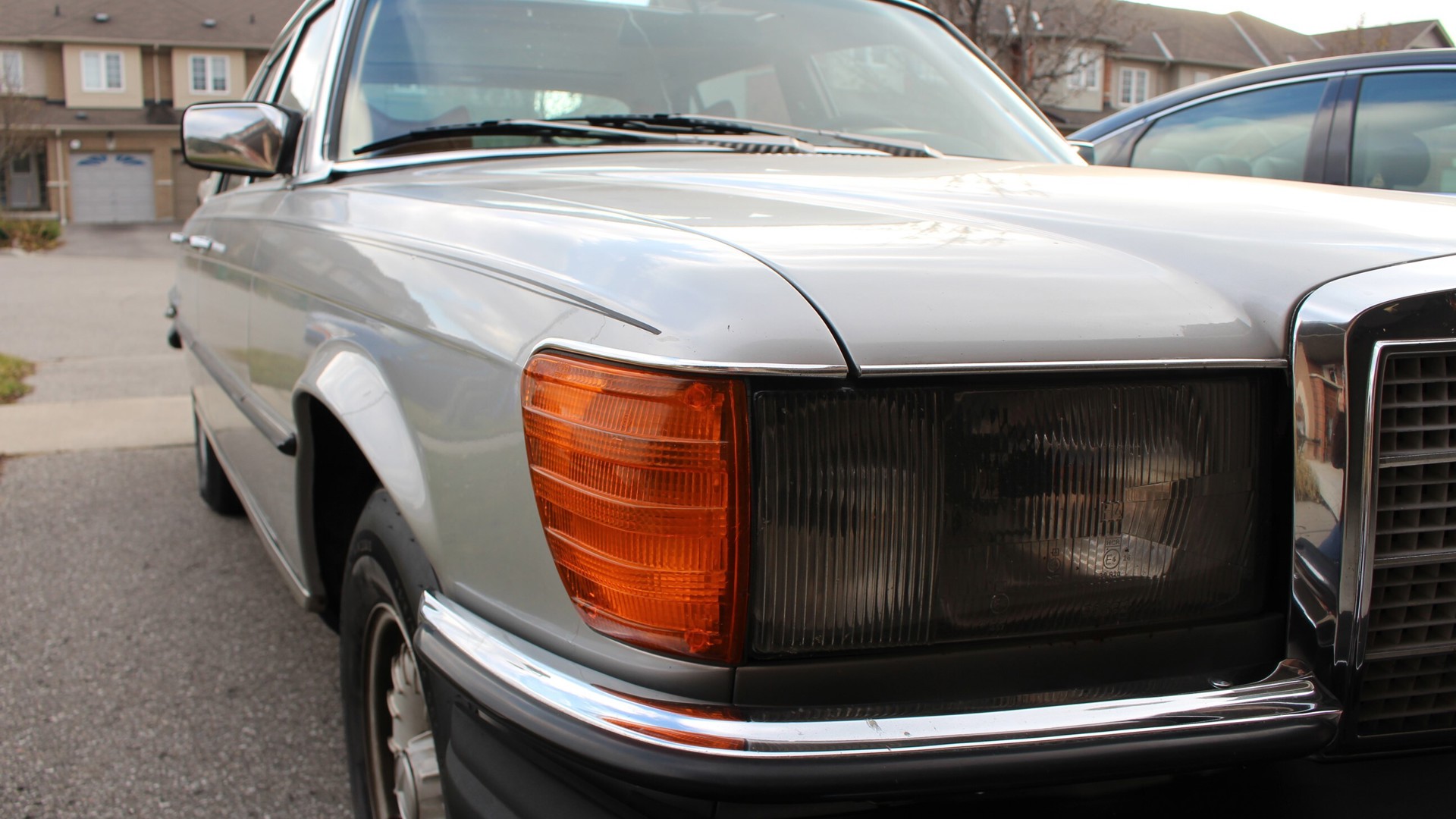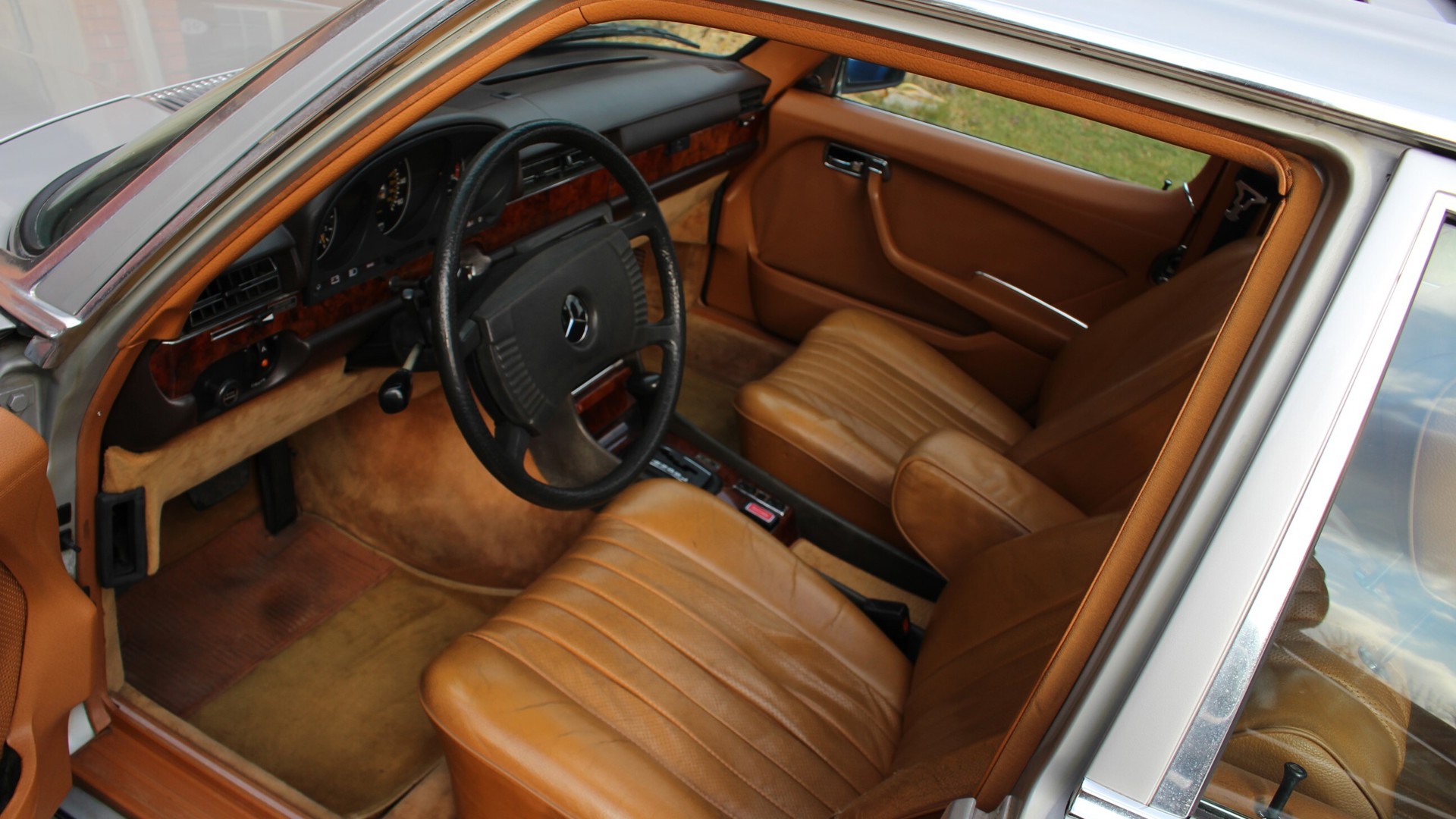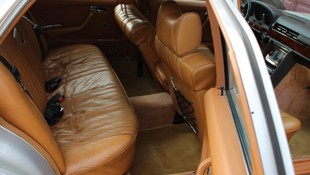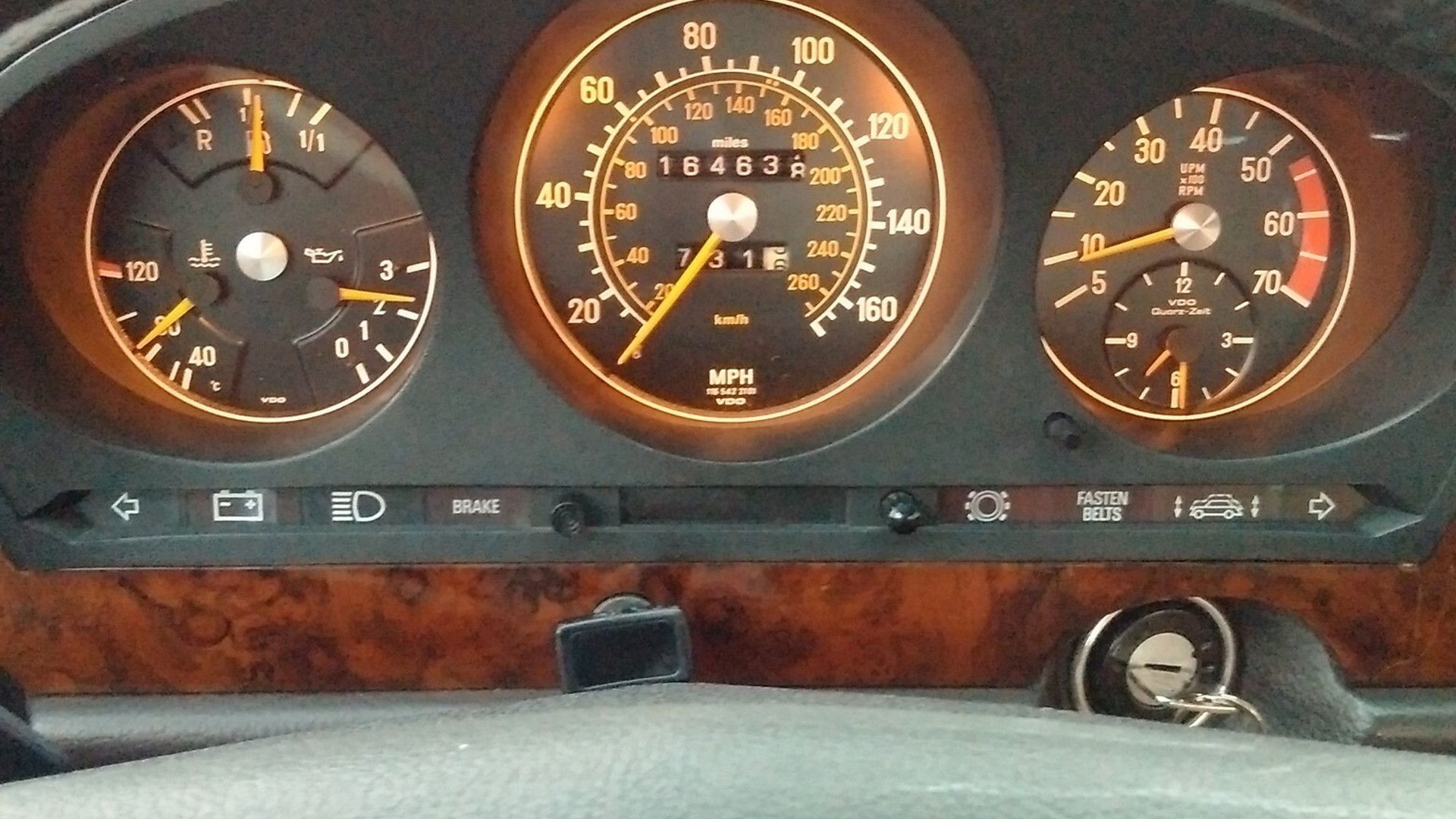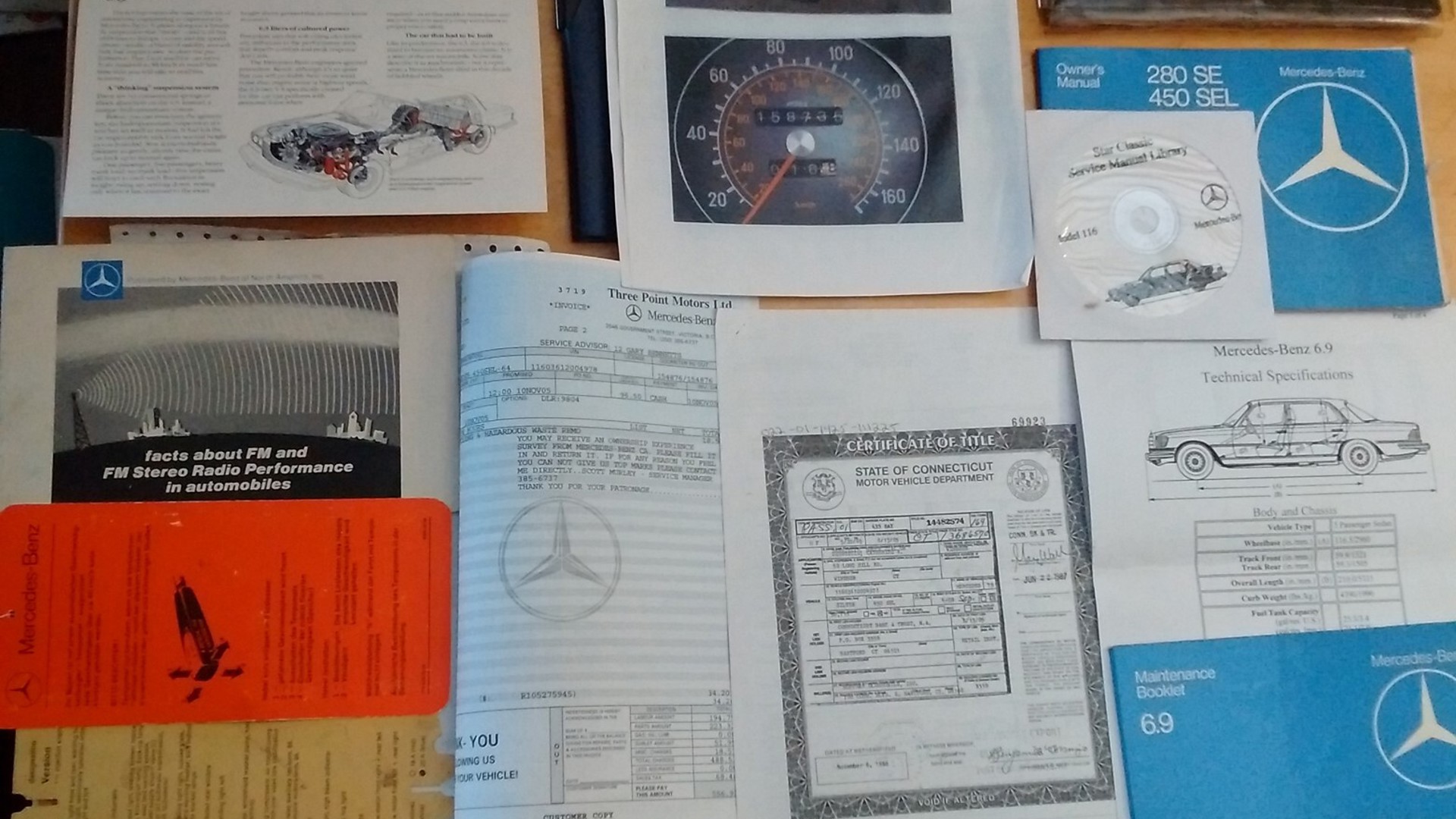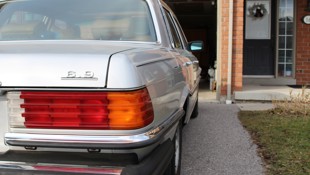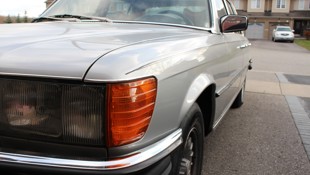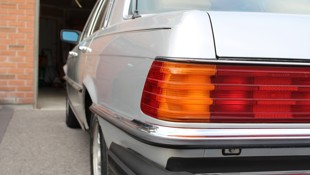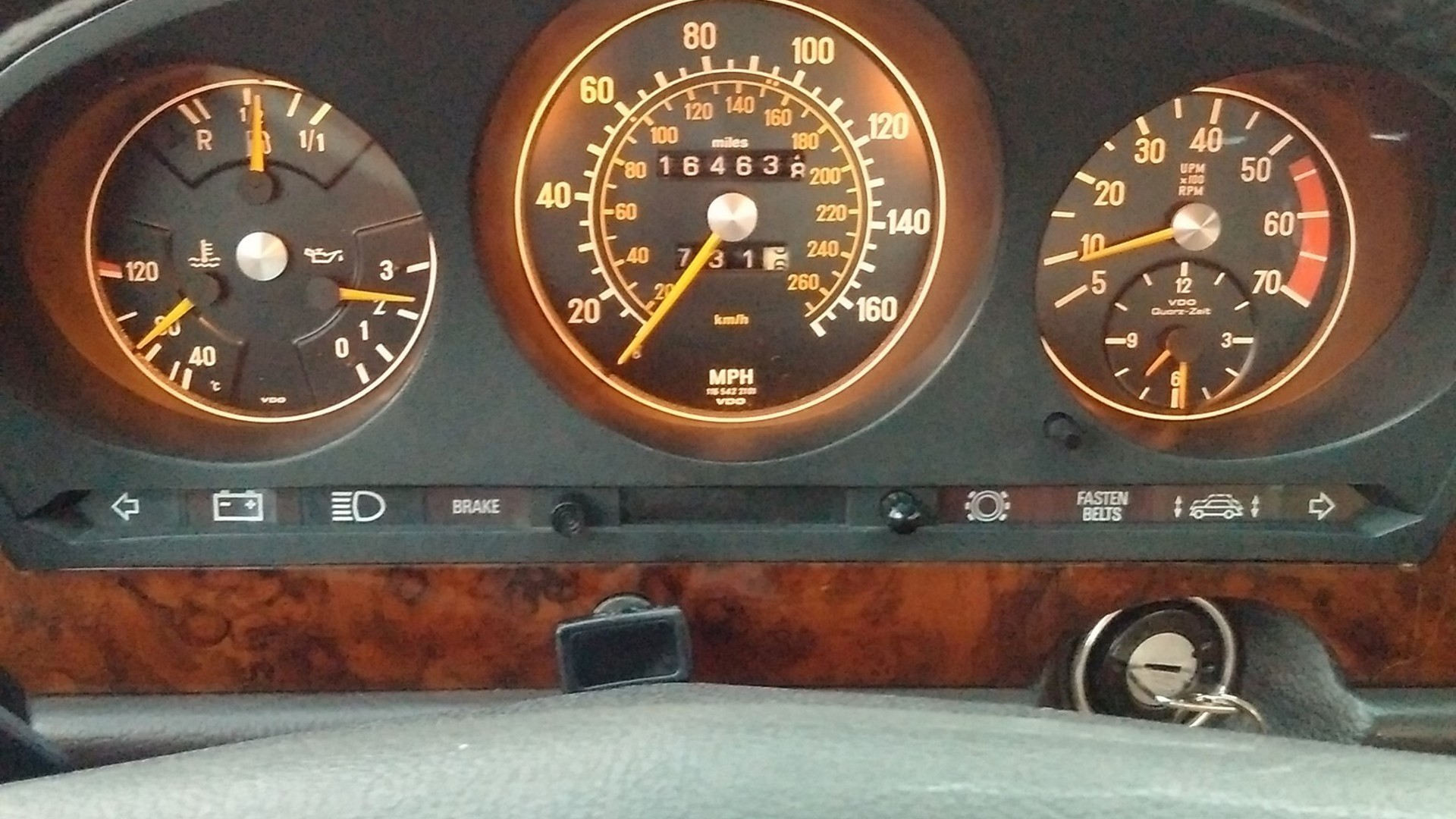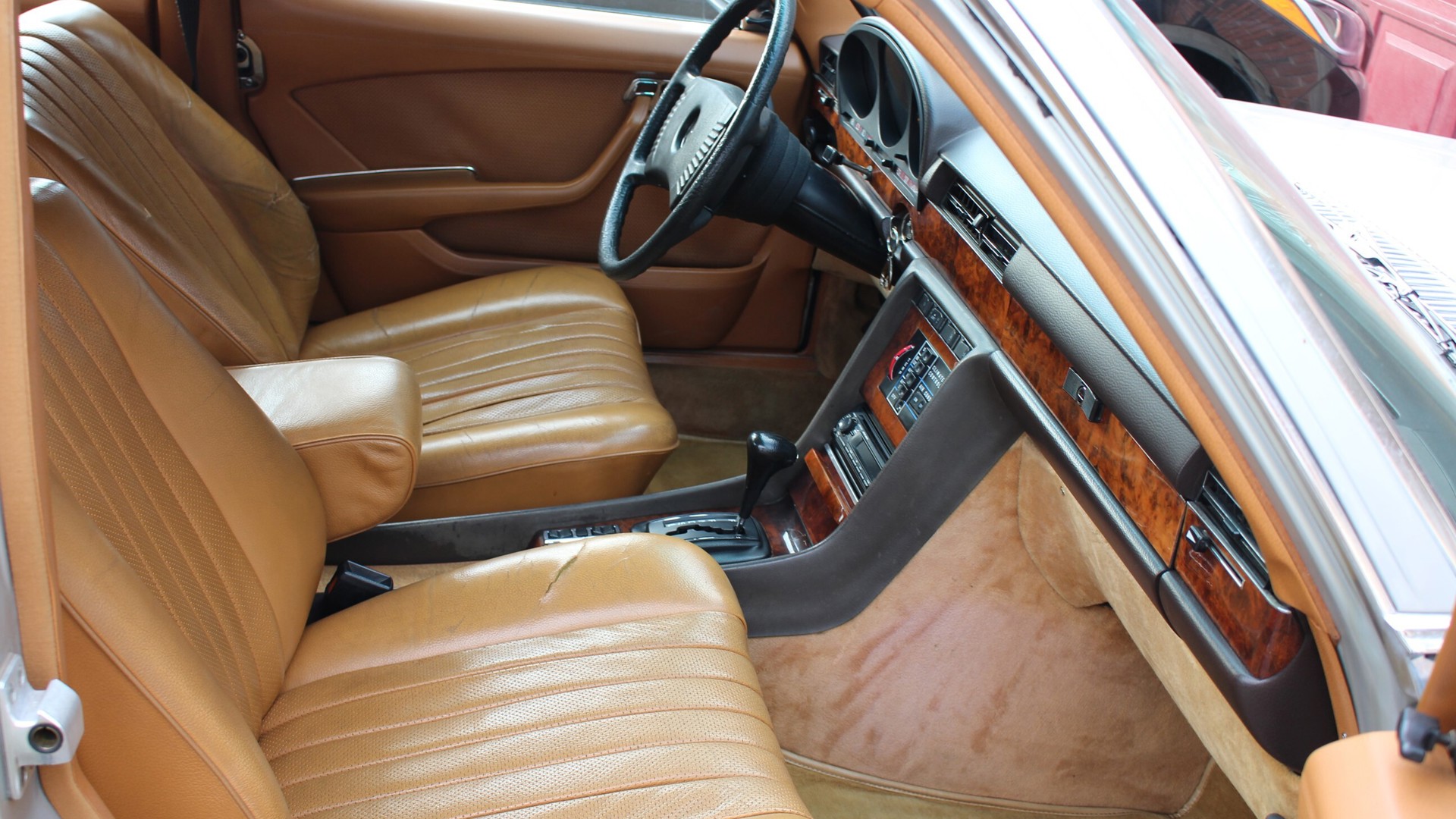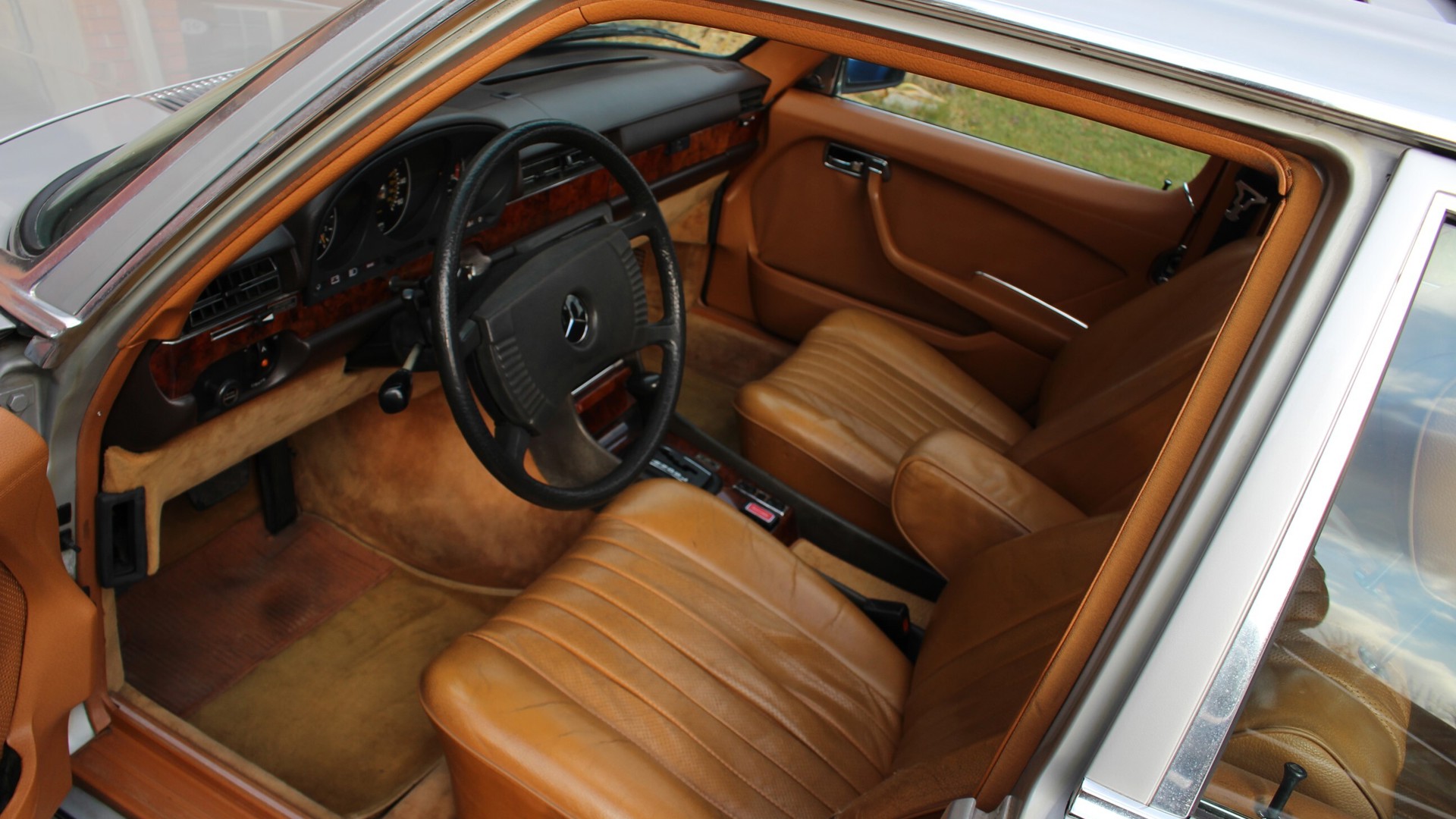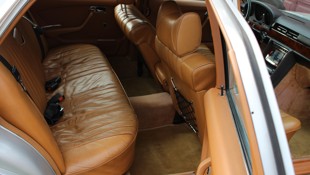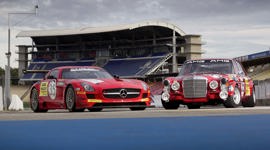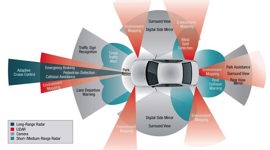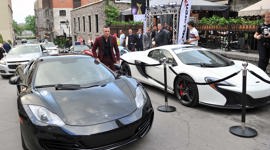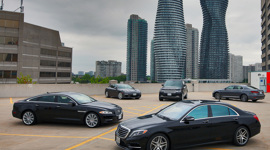Before AMG, there was this. Our autoTRADER.ca Find of the Week is one of the first-ever Teutonic super sedans. Here's the formula: A massively powerful engine placed into a full-size luxury barge, fitted with all of the technology available at the time to help make the car handle properly. This was the peak of 1970s luxury and performance in one package: The Mercedes-Benz 450 SEL. 6.9.
The 6.9 was based on the Mercedes 450 SEL, the W116 generation of Merc's biggest car, the one that was the first to officially be called the S-Class. The 450 meant 4.5L of displacement for the V8 under the hood, S stands for S-Class, E meant fuel injection (Einspritzung in German) and L meant long wheelbase. The 225-hp 450 SEL was the most powerful big Mercedes sedan, but it was not enough power in a time where emissions rules were choking performance. So Mercedes took the engine that it had been putting in its limos and crammed it into the SEL.
The heart of this beast was the Mercedes M-100 V8 engine borrowed from the 600 with overhead cams and sodium-filled valves inside aluminum cylinder heads. Bosch fuel injection was fitted in an era where carbs were the norm on just about everything with an engine. It got a dry sump oiling system, like a race car, to ensure engine longevity and make sure the big mill could fit under the hood. Displacement was 6.9 litres and it was rated for 286 hp and 405 lb-ft of torque. The engines were hand-built, and each one was bench-tested for more than four hours, much of that at full load, making sure each one offered as-advertised performance. Why the 6.9 badge instead of 690 SEL? Who knows, but maybe it's the start of badges not making any sense like they do today.
Designed for extensive high-speed running, these cars could hit 225 km/h flat-out, a massively impressive speed for the time, even more so considering it had just three-speeds in the automatic transmission.
The suspension was hydro-pneumatic and self-levelling, the same system introduced by Citroen in 1954, and legendary for its ride and handling balance. Instead of conventional shocks, it has fluid-filled struts and nitrogen-filled pressure vessels and the entire system is pressurized by a pump linked to the engine. Want to raise the ride height? Pull a knob and it could climb 50 mm.
Though the car was nearly two tonnes, reviews at the time compared it to much smaller and lighter cars, and some even took this big beast to the race track. When new, it cost close to $40,000, or about five times what a Corvette would run you and as much as the average new home at the time. Around 7,400 were built from 1975 to 1981.
The seller tells the story of this car, which they say was originally delivered to a family in the U.S. for them to be chauffeured around. It came to Canada by way of a collector in B.C., and over the last five years has gotten a bit of a restoration in Ontario. The suspension's been serviced, as has the water pump and related components. The car, for sale in Whitby, has just 165,000 km on the clock.
Maybe you're a fan of the beige car in Ronin, maybe you're a fan of vintage muscle sedans, or maybe you just want to have what is undoubtedly the coolest car on the block. No matter the reason, this one delivers with just one clue on the outside. That 6.9 badge on the trunk.
